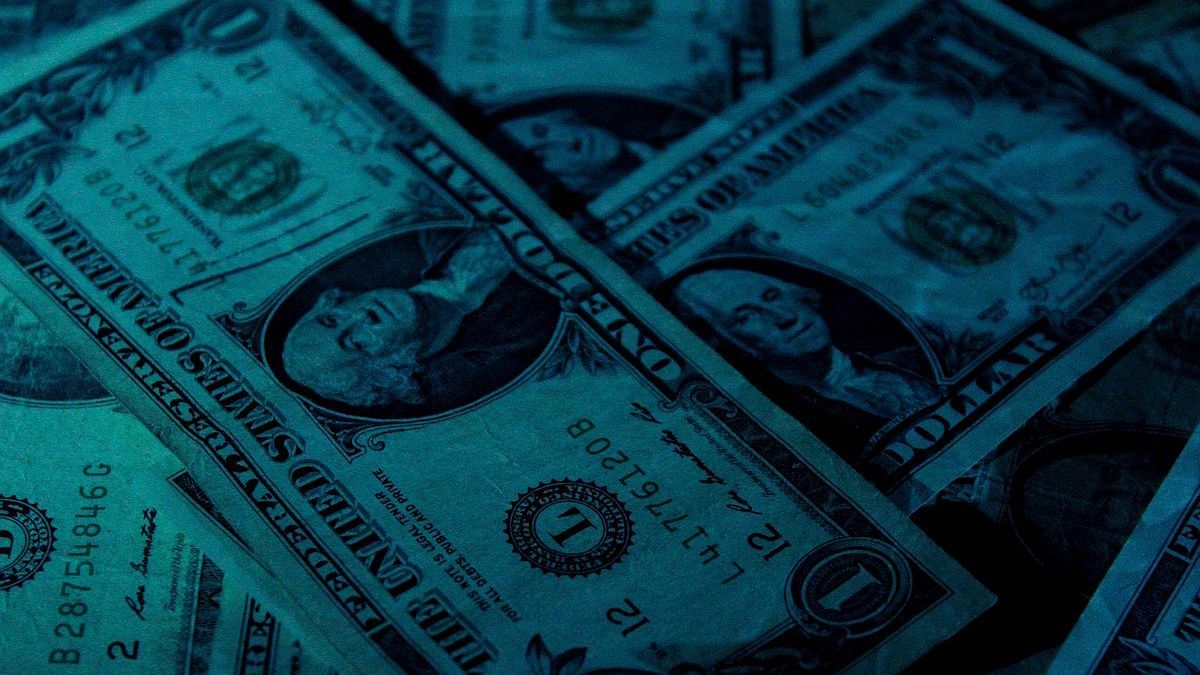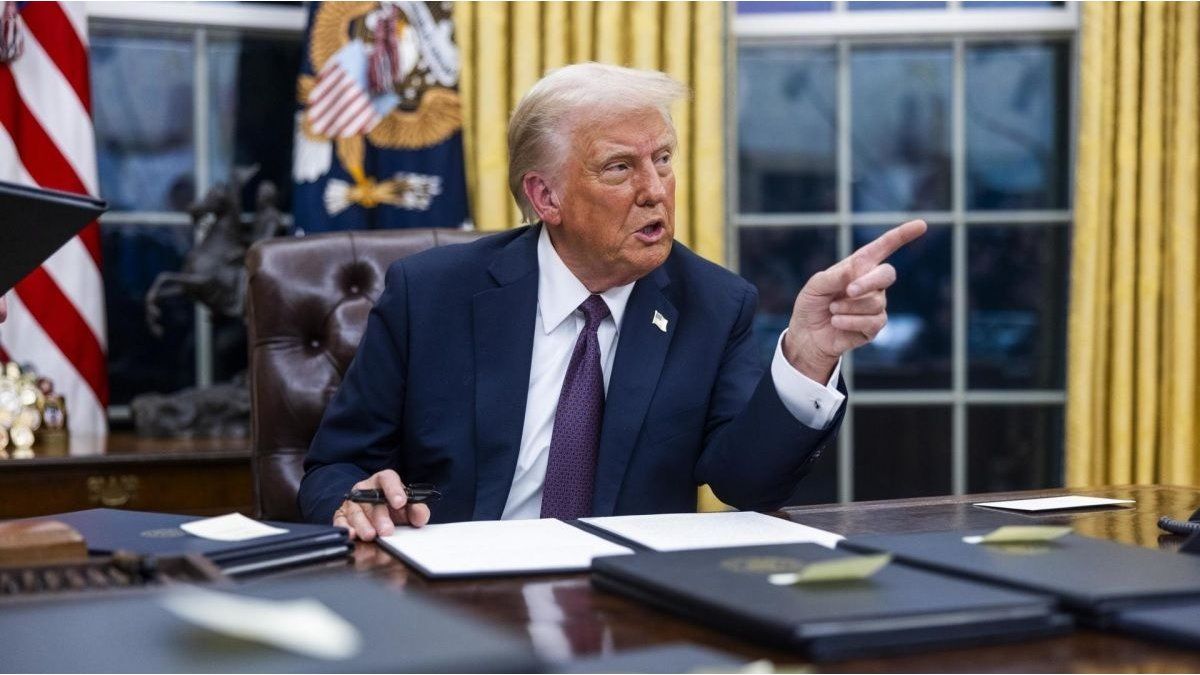The international scenario is far from recovered, the Federal Reserve will continue to raise the short-term rate and, starting in June, will sell US treasury bonds, with which the 3.0% annual rate will rise to higher values and the jumble of quotes will continue.
In this scenario we have not seen a scenario of competitive devaluations in Latin America, the Mexican peso and the real have not had a great devaluation, on the contrary, in recent times they have been revalued and are far from their maximum values.
It is important to follow the price of the real. The Central Bank of Brazil, with an inflation rate of 11.3% per year and the short-term rate at levels of 12.75% per year, would allow you to have a real that is not devalued. On the other hand, we must bear in mind that Brazil is benefiting from very good prices for soybeans, which are now being exported at a good rate from its ports. Exports of raw materials are the majority in Brazil and the income of Dollars It’s very important. Reserves in December 2019 were 356,884 million, today they stand at 346,849 million, they have fallen, but it does not seem like a tragedy. On October 2 are the presidential elections and, despite the noise of politics, the economy did not get out of hand.
In Argentina the inflation it is around 57% per year, the short-term rate is 47% per year, reserves as of December 2019 were US$44,781 million while today they are around US$42,000 million.
In recent months we have begun to observe a correlation between the price of the real in Brazil and the dollar counted with liqui in Argentina. It does not seem to us a correlation that will be maintained over time, but in the short term it reflects that, in both countries, for different causes and reasons, capital is entering.
It is striking that the value of a foreign currency is copied by the dollar counted with liqui, so we have baptized the real as the father of the counted with liqui at this juncture. Depending on how the real moves, the cash with liqui will move, and this means that, in recent weeks, when many foreshadowed a rally bullish dollar in Argentina, the event was far from happening.
If we continue with the relations, the dollar counted with liqui in Argentina is the father of the blue dollar, its movements are very similar and they correlate perfectly. Therefore, from December to date, we have seen the blue dollar very calm, while at the same time the liquid dollar calmed down in its upward climb. The agreement with the IMF and the arrival of capital to the country through bonds bought abroad and sold in Argentina were fundamental, which is how the price of the dollar based on liqui is formed. In this way, dollars enter at a price higher than $200 and there is no need to resort to the Single Free Exchange Market of the Central Bank to enter at an exchange rate of $117.
We clarify that, if you wish to bring money into Argentina for investment, it can be done through this mechanism, which is completely legal. What cannot be done is enter export dollars through the cash market with liquidation, that is illegal and is duly penalized, it is not worth giving examples.
Therefore, of all these correlations, we have baptized the real as the grandfather of the blue dollar, since the volatility of the real is copied by its son, which is the counted with liqui, and this is the father of the blue dollar.
Many times these correlations are nice and friendly to follow the markets and are replicated in other instruments. For example, the queen of the market is the interest rate and the rest of the actors are the subjects, the queen rises and the markets fall in all versions of it, even cryptocurrencies, as happened this week. If the queen falls, all financial assets on the planet rise to the top.
For those linked to commodities, oil has a perfect correlation with corn, but it also has some weight in the price of soybeans, as it is affected by the volatility of soybean oil.
The dollar on a global scale it is also a closely watched unit of measurement, when the dollar is revalued in the world, many assets melt their prices.
conclusion
The blue dollar, grandson of the real, would not have great volatility in the short term, if we follow these correlations. On the side of market liquidity, everything suggests that our economy will lack pesos in the face of a very aggressive calendar of tax maturities.
We would be facing a probable profit-taking in the prices of the materials we export, such as soybeans and corn, while it is very difficult to predict its behavior in wheat in the context of the war between Russia and Ukraine.
The euro is devaluing against the dollar, if you want to travel abroad, it is best to visit Europe and not the United States. The euro at a parity below a dollar is time to start considering it as a long-term investment.
Any drop in the markets is considered a buying opportunity and even more so in Argentine assets, our bonds fell very little despite the global collapse, they trade between US$27 and US$32 parity, the start of the political year could place them at much higher levels and attention than in July they pay rent.
The wonderful world of business and markets allows us this price relationship, which to make it more friendly we give it family connotations, the market is a family, sometimes there is unpleasant news, and sometimes formidable parties. Courage, don’t lose your temper, the good moments lived will soon return.
market analyst
Source: Ambito




